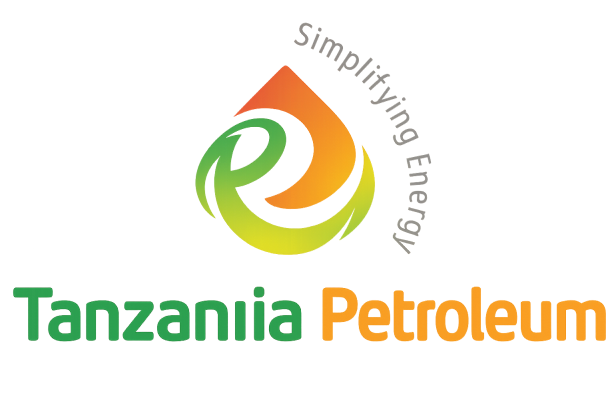For years, Somalia’s oil and gas story has been one of great potential waiting to be unlocked. Now, the country appears to be entering a new phase.
Survey ships have finished scanning the seabed, government officials are speaking confidently about drilling, and international partners — especially Türkiye — are standing firmly behind the plan. The promise is bold: offshore drilling could begin by 2026, with the potential to transform Somalia’s economy.
Over the past year, Somalia has stepped up its search for hydrocarbons. Multi-client seismic surveys in both offshore and onshore areas have been completed.
According to Turkish and Somali officials, modern 3D mapping has revealed potential structures that could hold significant oil and gas. State-owned Turkish Petroleum and other partners are now preparing for the next stage — drilling exploration wells. Government announcements suggest activity could start soon, with rigs expected in Somali waters within months.
The speed of these statements has caught attention. Officials in Mogadishu have spoken of “imminent drilling” and even floated targets for first oil within the coming years. In September, Somali leaders signed new agreements with Türkiye to deepen cooperation in upstream exploration and production.
Read also: LNG Hopes Rises Again in Mozambique
This partnership builds on existing deals where Turkey is already involved in infrastructure, ports, and defense. Energy is becoming the latest pillar in this growing relationship.
Industry watchers note that Somalia is better positioned today than at any time in recent memory. Security has improved across key regions, allowing large-scale surveys and preparations for drilling to proceed with fewer interruptions.
Federal institutions are becoming stronger, and dialogue with regional authorities is showing progress. This improving environment gives companies a more stable ground to manage technical risks while engaging with political stakeholders. With clearer contracts, stronger guarantees, and continued security gains, Somalia is presenting itself as a more attractive and workable destination for energy investment.
Then there is the matter of reserves. So far, seismic surveys and preliminary studies have pointed to promising signals. Some local outlets have spoken about “major gas discoveries,” but these claims are not yet independently certified. In the oil business, nothing is certain until a well is drilled, tested, and independently verified. Without certified reserves, lenders and financiers are unlikely to commit the billions of dollars needed for development.
What is clear, however, is that Somalia sits in a rich geological neighborhood. Across the Indian Ocean, discoveries in Mozambique and Tanzania have turned East Africa into a major LNG hotspot. To the north, Sudan and South Sudan have been producing oil for years, despite their own political challenges. Somalia’s basin is largely unexplored, but geologists believe it may share many of the same petroleum systems. If proven, it could open a new frontier for the region.
For Somalia, the implications are huge. Oil and gas revenues could provide a foundation for rebuilding infrastructure, creating jobs, and strengthening state institutions. But the “resource curse” is a warning sign. Unless revenues are managed transparently and equitably, the discovery of oil could fuel corruption, deepen regional rivalries, and prolong instability. Neighboring countries have learned this lesson in painful ways.
For now, the spotlight is on the next twelve months. Investors and observers will be watching for hard evidence: rig mobilizations, published well results, and independent technical assessments. If Somalia can move from political announcements to verifiable drilling activity, confidence will grow. If delays continue or results disappoint, momentum could fade once again.
The global backdrop adds another layer. Oil demand is still strong, but the world is also racing toward energy transition. Major oil companies are more selective than ever about where they put money. Projects in frontier regions must compete with established producers that offer lower risks and faster returns. This makes timing critical for Somalia. To attract serious capital, the country will need to prove not just geological potential, but also stability, transparency, and reliable partnerships.
Somalia’s oil future hangs between bold ambition and hard reality. Seismic surveys and new agreements have created momentum, but the true test lies ahead. The first exploration wells will answer questions that no press release or political speech can resolve. Until then, the country’s vast resource promise remains a story waiting to be written.






